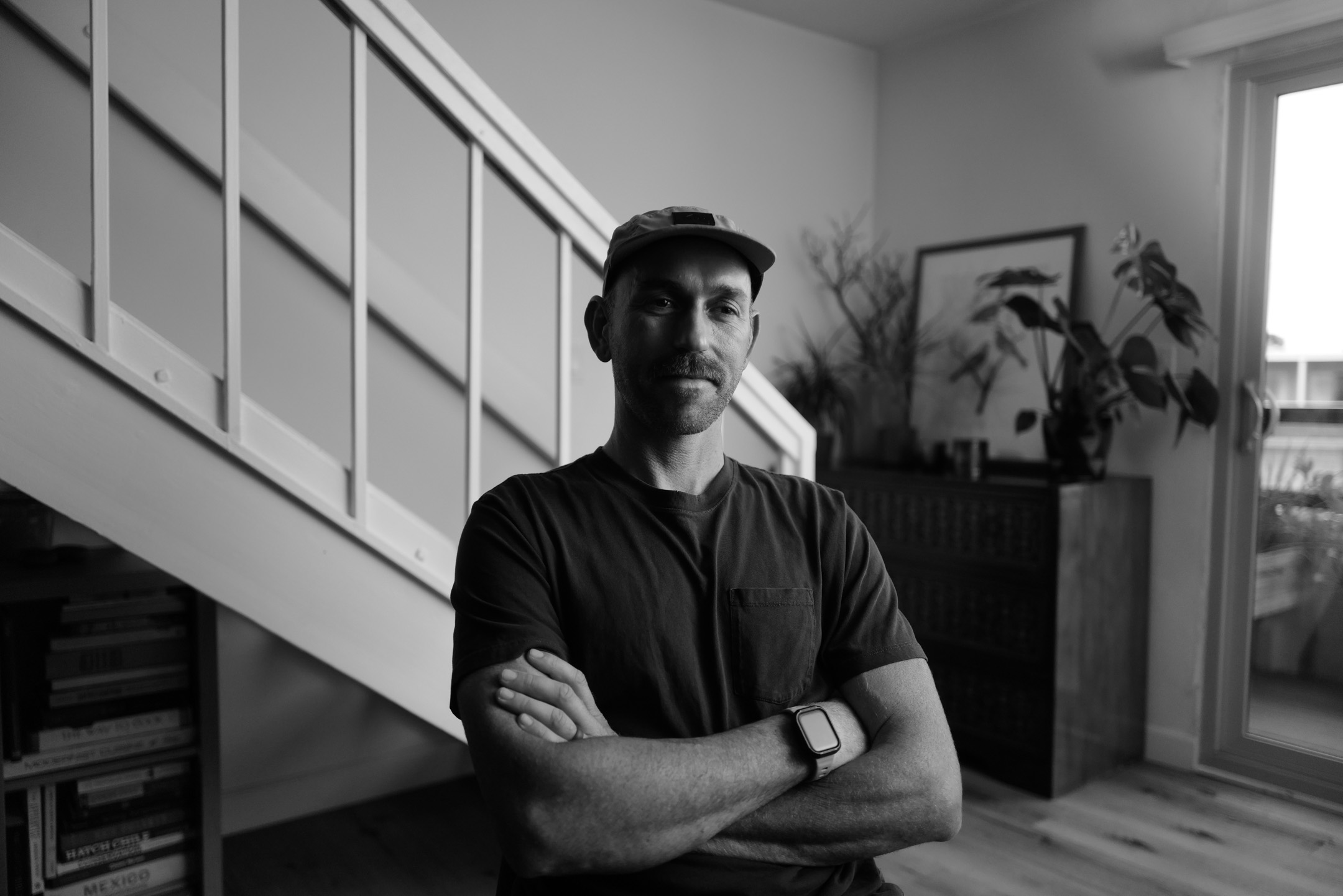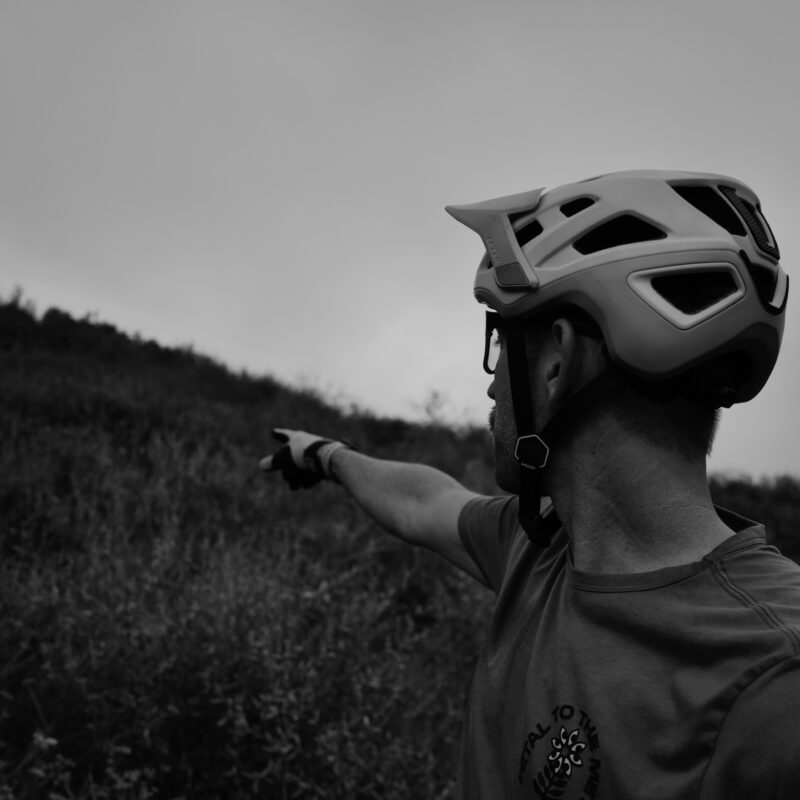Trophic Cascades: Beautifully Blurred
The Line Between Passion and Profession
For Jason Fitzgibbon, the line between passion and profession is beautifully blurred.
As a wildlife biologist and environmental consultant, he spends his days studying the fragile threads that hold ecosystems together. As a rider, he finds clarity and inspiration in the same landscapes he works to protect. What connects these worlds is not coincidence, it’s cause and effect. The rhythm of pedaling, the sharp awareness that comes from being outdoors and the profound sense of belonging in wild places all shape the way Jason approaches his life’s work.
Jason’s fascination with nature began early,
nurtured by his father’s respect for the outdoors. But it was solidified on a mountain bike ride as a young teenager. Riding alongside a biologist named Roy, Jason watched in awe as his mentor identified birds by their calls and pines by the shape of their cones and needles. That ride was pivotal. It revealed an unseen layer of diversity in the landscapes he loved and set him on a path where curiosity became calling. From then on, biology wasn’t just something he liked, it was a pursuit.
Today,
Jason’s focus is on Bombus crotchii, Crotch’s bumble bee.
One of California’s most imperiled pollinators. Once common throughout the state, it is now a candidate for protection under the California Endangered Species Act. The bee is opportunistic in its foraging, but its most preferred floral resources are tied to coastal sage scrub, a habitat type that has already lost over 80% of its historical range to development and agriculture. The bee’s decline is more than symbolic; it’s a sign of entire ecosystems unraveling. Protecting Crotch’s bumble bee means protecting one of California’s rarest and most threatened vegetation communities, and the countless species that depend on it.

Jason describes himself as “cynically optimistic.”
As an ecologist, he can’t ignore the heavy toll humans have taken on habitats and species.
Yet he insists that some optimism, though measured and calculated, is essential if progress is to be made. That philosophy shows in his approach: protect land, minimize destructive uses and allow ecosystems to self-regulate wherever possible. For him, it isn’t about locking people out of nature; it’s about creating conditions where both wildlife and recreation can thrive together.
Conservation is rarely linear.
Populations rise and fall, recovery can take years and victories often look like pauses rather than triumphs. But there are moments when the tools align. Jason has seen firsthand how citizen science platforms like Seek by iNaturalist have reshaped the conservation landscape. In two proposed housing developments, observations of Crotch’s bumble bee uploaded by everyday people halted construction and triggered regulatory review. That pause created space for critical analysis and, ultimately, stronger habitat protections. For Jason, this is proof that stewardship doesn’t belong to scientists alone, it belongs to anyone willing to stop, notice and share what they see.


Spend time with Jason and you see it:
the tension between realism and wonder. He knows how fragile ecosystems are, how stacked the odds can feel. But he’s also the rider who can’t help but slow down, listen for bird calls or stop to examine a flower. He’s motivated less by doom and more by awe. “Not a day goes by where I’m not amazed by something I see,” he says. That sense of wonder is what keeps him pedaling forward, both on the bike and in the field.
Jason’s advice to fellow riders is simple: slow down and take notice.
Take a field guide or an app like Seek or Merlin (for birds) on your rides. Learn the wildflowers, the birds, the insects. Let your after-work lap be more than a workout; let it be a conversation with the place you’re moving through. Trails change with the seasons, and when you tune into those shifts, every ride becomes a new story unfolding all around you. “The more we understand and appreciate the places we ride,” Jason says, “the more effective we’ll be as stewards. And so many of these places are in desperate need of advocacy.”
Jason’s work underscores a truth every rider knows instinctively:
the joy of the ride is inseparable from the health of the place. When trails hum with life, when bees pollinate, plants flourish and birds thrive, the ride itself feels richer, more alive. Protecting species like Crotch’s bumble bee isn’t just science. It’s an act of ensuring that the trails we love remain vibrant, rideable and worth protecting for generations to come.
It’s not just about the ride. It’s about the world that makes riding possible.
Follow Jason on Instagram to keep up with conservation efforts and riding HERE